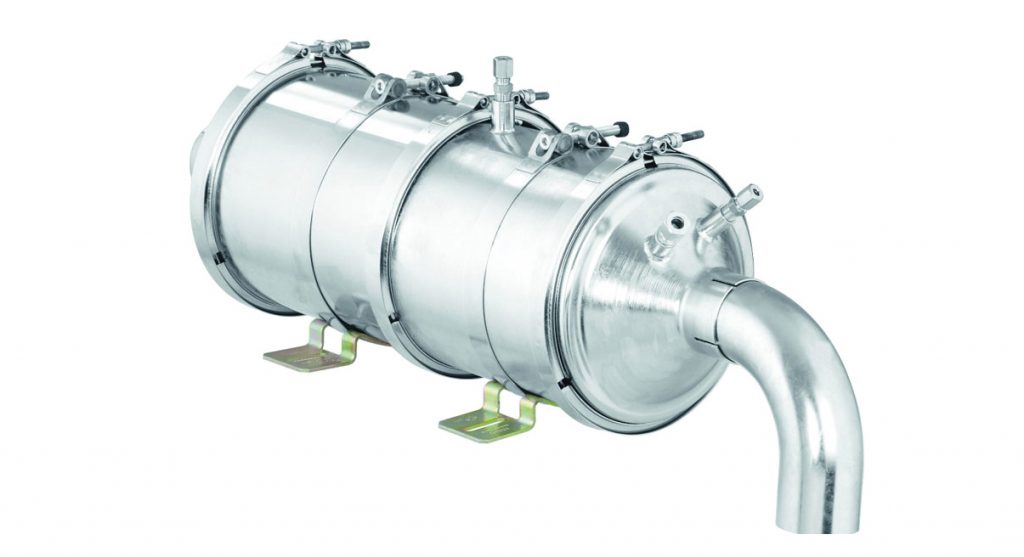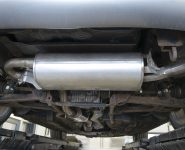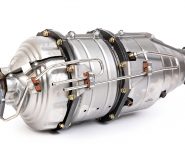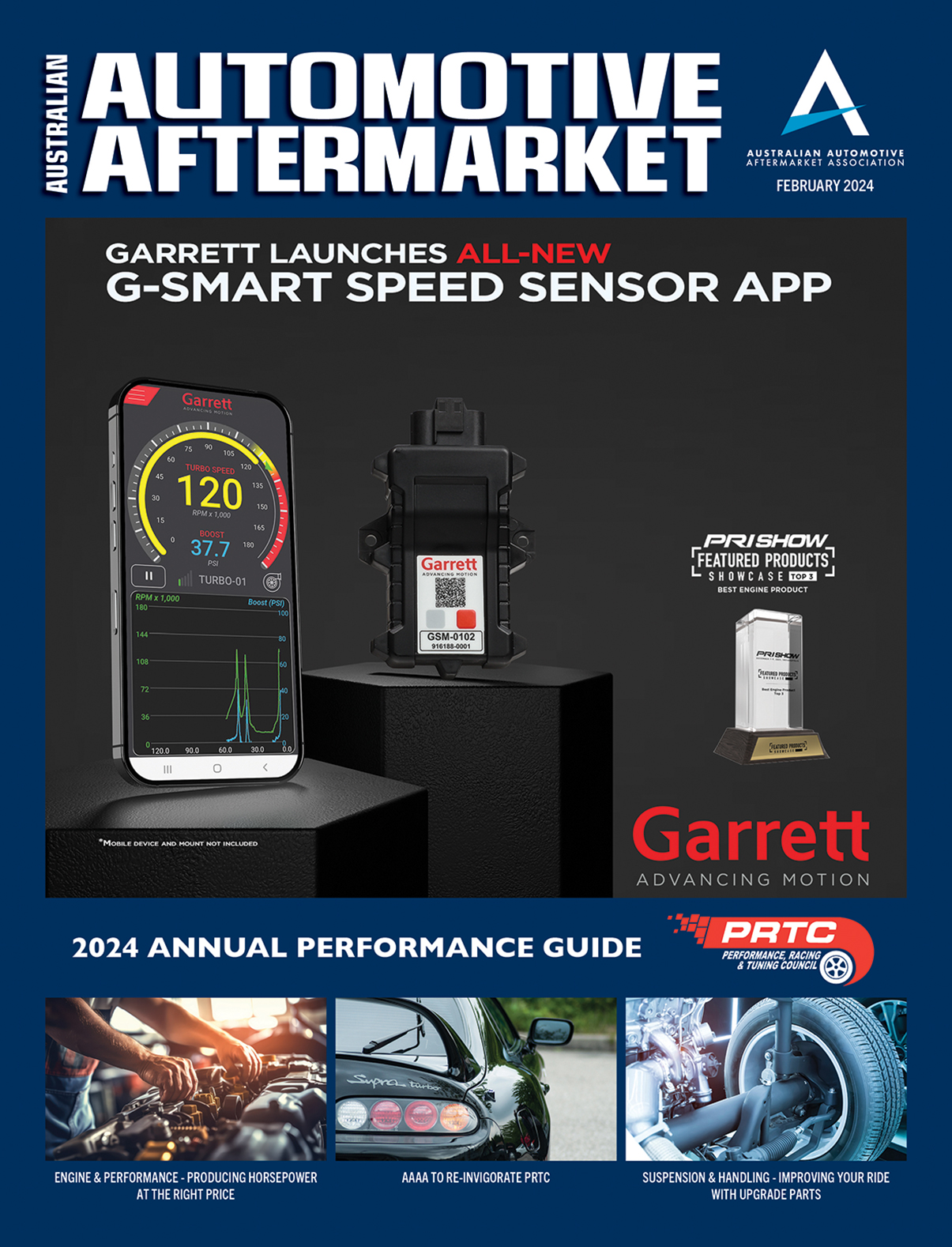DPF 101
DPF Australia explains the ins and outs of this filter

Diesel Particulate Filters (DPFs) capture soot, a by-product of the diesel combustion process. Unlike a catalytic converter, which reacts with oxides of nitrogen, the particulate filter is designed to trap and keep the solid particles until they can be oxidised or burnt in the DPF through a process called regeneration.
Most DPFs are of the cellular ceramic honeycomb type where the ends of the filter force the exhaust to flow through porous filter walls which trap the soot, but allow the gas to flow through.
Ceramic is used as it provides good thermal durability, the most common types of ceramic materials used are cordierite with a 1200 deg C melting point or silicon carbide (Carborundum) that has a melting point of 2600 degrees C. Both have a more than adequate safety margin as normal regeneration occurs at 600 degrees C.
DPFs have hundreds of cells per square inch, generally around 200 cpsi, with only the inlet side of the DPF able to trap soot, and it can do so at a very high efficiency of around 99 percent.
As more and more soot is collected, its efficiency also increases as it provides another layer to trap incoming particles. In a new DPF the surface of the filter rapidly accumulates soot. The gas flow decreases as it fills up with soot.
The key to the longevity of any DPF is its ability to regenerate when filling with soot. There are two types of regeneration: passive and active.
With passive regeneration the exhaust gasses first pass over the diesel oxidation catalyst then through the particulate filter which traps the soot. When the heat in the engine reaches the point where soot is combined with oxygen. it forms carbon dioxide gas which can pass through the filter. However, ash cannot, and it remains trapped in the DPF. Over time the ash will build up.
Active regeneration happens when the engine isn’t creating the heat it needs to turn the soot and oxygen to carbon dioxide, then once the soot level reaches a predetermined point, the engine injects fuel into the exhaust stream and that moves over the oxidation catalyst and oxidises the fuel to create the heat it needs to convert soot to carbon dioxide.
Both passive and active regeneration occur automatically however, the reason that DPF filters block is a lack of passive regeneration as the vehicle has simply not had enough on-road time to reach the required engine and exhaust temperatures.
Long term, the DPF filter will get blocked regardless of the type of trips it does because there will be such a lot of soot and particulates in the filter that they will never completely burn off even at high temperatures. By the time the filter has stored around 85 percent soot the exhaust gases will struggle to pass through, that means it will need to be replaced.
If you have a query about DPFs, then DPF Australia says it offers extensive technical knowledge of DPFs specifically with respect to Australian road conditions and our local diesel fuel blends.
For more information visit www.dpfaustralia.com.au







